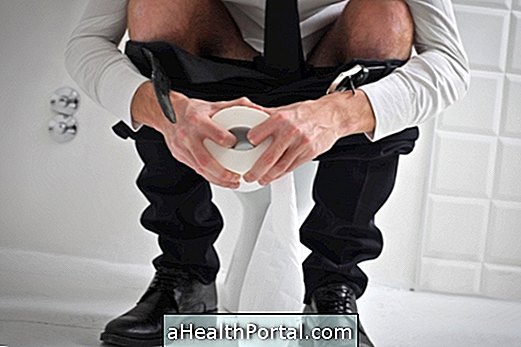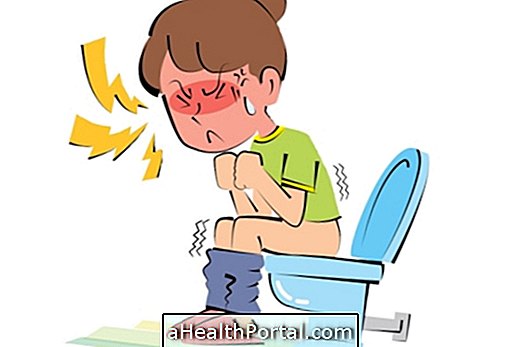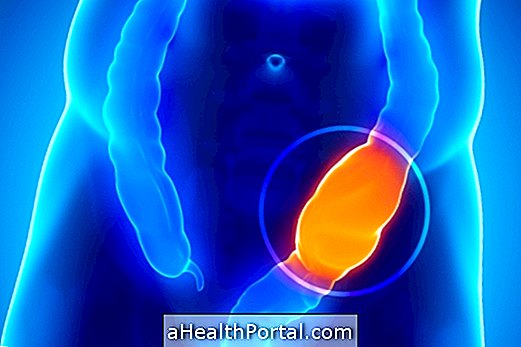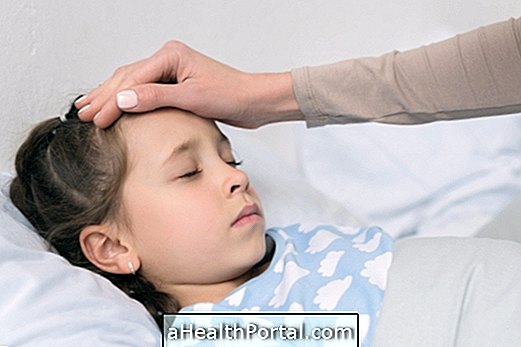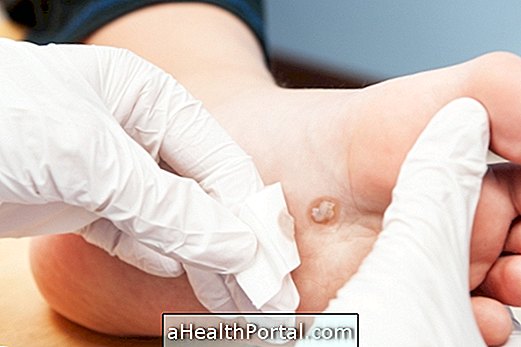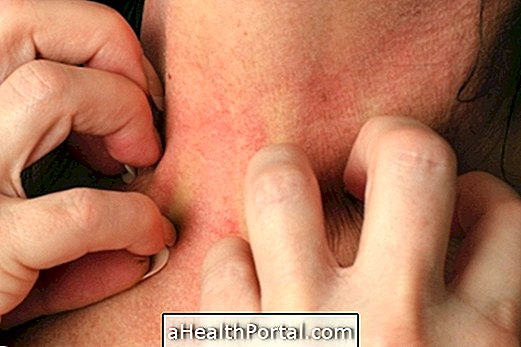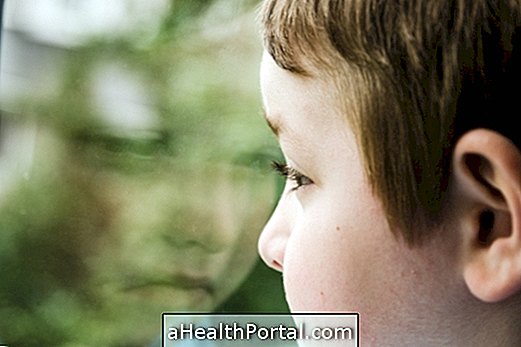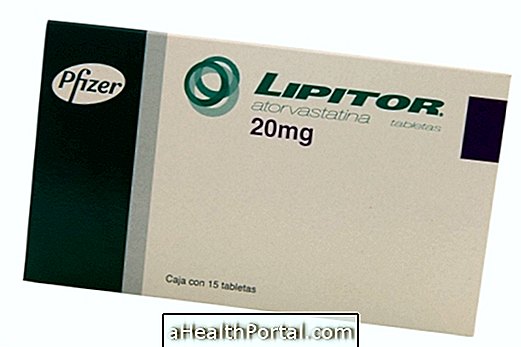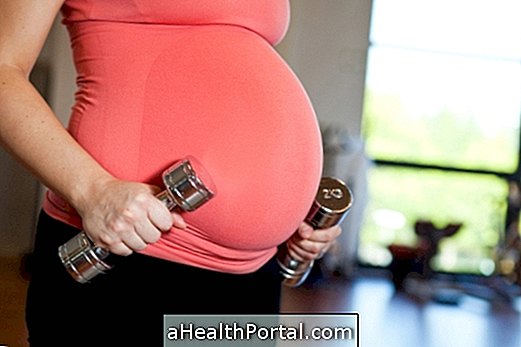Rectal prolapse occurs when the inner part of the rectum, which is the final region of the intestine, is externalized through the anus, so that it is visible outside the body. It happens in a partial way, when only the mucosal lining layer of the intestine is exposed, or total, when all its layers are exteriorized.
This is more common in people over 60 years of age, whose main cause is the weak anal muscle due to aging, but it can also occur due to an intense effort to evacuate, constipate or infection with the Trichuris trichiura worm. When it occurs in children, especially children under 3 years of age, prolapse usually occurs due to the weakness of muscles and ligaments that support the intestine, which may not be properly fixed to the abdominal wall.
Rectal prolapse has a cure, and its treatment includes regularization of bowel function, and reintroduction of the rectum into the anus through surgery. In children, it is common to have spontaneous improvement with growth, being oriented either through the compression between the buttocks or the manual insertion by the proctologist doctor.
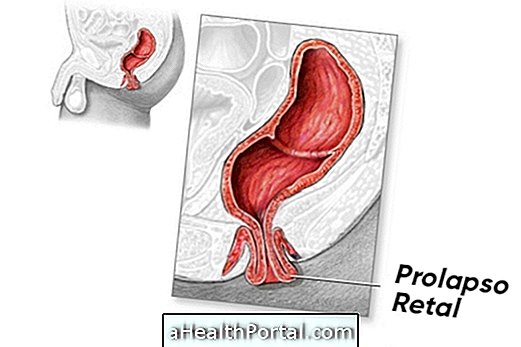
Main symptoms
Symptoms of rectal prolapse include:
- Externalisation of the rectum, in which a dark red, moist, tube-shaped tissue may be observed outside the anus;
- Abdominal pain;
- Sensation of a mass in the anus;
- Burning, bleeding, discomfort and feeling of weight in the anus;
- Difficulty defecating and feeling of incomplete evacuation.
To confirm the diagnosis, the coloproctologist performs through the proctological examination, through which the prolapse is observed through the anal orifice. In some cases, exams such as colonoscopy, sigmoidoscopy, or contrast x-rays may be requested to facilitate confirmation and to observe the extent of the problem.
It should be remembered that rectal prolapse should not be confused with hemorrhoids. In the case of rectal prolapse, the final part of the intestine can be seen outside the body by the anus, whereas the hemorrhoids are when the veins of the intestine dilate and exit outward. Learn more about how to know if it is hemorrhoids and what to do.

What are the causes
Rectal prolapse usually occurs at the extremes of life, in the elderly or children, and the main causes are:
- Constipation;
- Intense effort to evacuate;
- Anus muscle weakening;
- Intestinal infection by the worm Trichuris trichiura. Understand what trichuriasis is and how to treat it.
- Intestinal malformations;
- Excessive weight loss.
In addition, prolapse may occur whenever there is a change in the anatomy of the region, by surgery, childbirth, some injury or by diseases, such as enlarged prostate or bowel malformation. Learn more about the causes of rectal prolapse.
How is the treatment done?
Treatment for rectal prolapse includes compression of the buttocks to try to reintroduce the rectum into the anus or, if necessary, manual reintroduction of the rectum by the proctologist.
In cases where rectal prolapse is caused by constipation, treatment also includes laxative medications, decreased effort to evacuate, increased intake of high-fiber foods and intake of about 2 liters of water per day.
Rectal prolapse surgery is also an option, but it is only indicated in the latter case and, in case of frequent rectal prolapse, in surgery, part of the rectum can be removed or fixed to the sacrum, or a part of the rectum is removed, so that there is no more prolapse. Learn more about what to do in case of rectal prolapse.
Child Retinal Prolapse
Rectal prolapse in children is frequent in children up to 3 years of age, due to the fact that the muscles and ligaments that support the rectum are in formation and are not yet strongly attached to the abdominal wall, and when the child has frequent diarrhea, The wall of the rectum prolapses and externalizes.
In this case, the treatment for rectal prolapse in children only consists of reintroducing the rectum, because with the growth of the child, the rectum will fit properly on the wall. In addition, it may be associated with infections, deficits in nutrient absorption and constant constipation. Learn more about this prolapse in: Child Rectal Prolapse.
